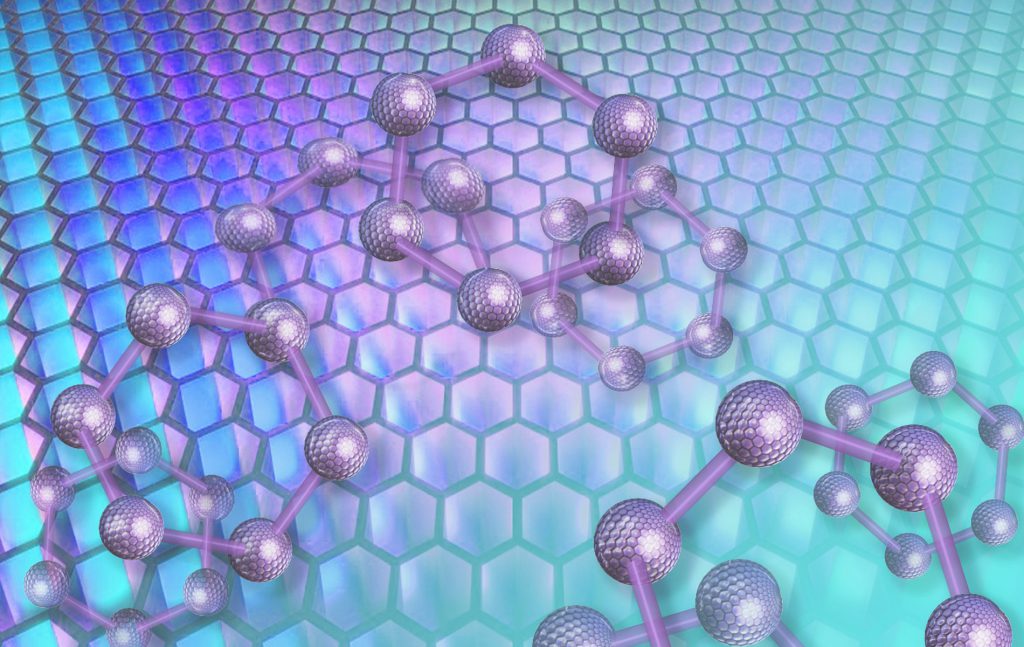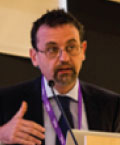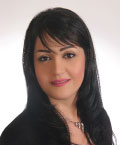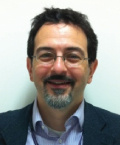Panel discussion on biomaterials for regenerative medicine

Available to view on demand. Discussion of the current state of biomaterials for tissue engineering and regenerative medicine, as well as the challenges, opportunities and road ahead.
In recent years, biomaterials have advanced into a burgeoning interdisciplinary research field combining different areas such as material science, engineering, biological science and medicine, owing to its potential for many applications, from wound healing to whole tissue or even organ replacement. As a result, many different types of materials such as ceramics and polymers are now being fabricated, via different technologies such as 3D printing and electrospinning, into materials or devices to support the repair or replacement of damaged or diseased human tissues and organs.
This panel discussion, following our survey on biomaterials, of which the results can be now found in an infographic, focuses on the role of biomaterials in tissue engineering and regenerative medicine. It aims to assess the current state of the field by discussing the different types of biomaterial in use, fabrication technologies and design principles, and consider the different applications for biomaterials, such as delivery of cells or growth factors, or in vivo cell support or differentiation.
The panelists also look at some of the wider issues that the field is facing, such as regulatory and manufacturing challenges, to get products to the market and clinic.
We hope this discussion is an insightful resource bringing together the latest knowledge and providing the current perspectives on biomaterials for tissue engineering and regenerative medicine, and stimulate discussion about future directions of this field.
What will you learn?
- Main techniques, technologies and materials currently in use
- Stage of development biomaterials are currently at and regulatory status
- The future potential of biomaterials for tissue engineering and regenerative medicine
- Greatest challenges hindering clinical and market acceptance of biomaterial-based regenerative medicines
Who will this interest?
- Graduate students, researchers and practitioners working in the multidisciplinary field of tissue engineering or biomaterials.
- Individuals with an interest in biomaterials for tissue engineering and regenerative medicine
- Regenerative medicine investors
- Regulators/decision-makers/policy-makers in the biomaterials field
Panelists

Matteo Santin
Professor of Tissue Regeneration
University of Brighton, UK
Professor Matteo Santin is Professor of Tissue Regeneration at the School of Pharmacy and Biomolecular Sciences, University of Brighton, UK. He is the leader of the Brighton Centre for Regenerative Medicine and leader of the research team, the Brighton Studies in Tissue-mimicry and Aided Regeneration (BrightSTAR). Professor Santin’s career in biomedical research spans over 20 years and it has been marked by significant achievements that were internationally recognized in 2005 by the European Society for Biomaterials who conferred him the Jean Leary Award. His scientific interests span from natural biomaterials to the development of synthetic biomimetic nano-structured biomaterials able to control tissue regeneration, to the optimization of in vitro clinically reflective models for the testing of biomaterials and tissue engineering constructs.

Nasim Annabi
Assistant Professor
Department of Chemical Engineering, Northeastern University, Boston, MA, USA
Nasim Annabi is an Assistant Professor at Northeastern University, as well as a lecturer at the Harvard-MIT’s Division of Health Sciences and Technology (HST), and Brigham and Women’s Hospital (BWH) at Harvard Medical School. She received her PhD in Chemical Engineering from the University of Sydney in Australia. The primary focus of her research is the design and synthesis of advanced biomaterials, and their integration with tissue engineering approaches, and micro- and nano-scale technologies to create functional 3D soft tissue constructs. In addition, her research group focuses on developing advanced tissue adhesives, hemostatic agents, and sealants for surgical applications. Dr Annabi’s contributions appear in more than 55 journal articles, seven book chapters/editorials, over 60 abstracts, and five patent/disclosure applications.

Nicola Tirelli
Professor of Polymers and Biomaterials
The University of Manchester, UK
Nicola Tirelli graduated and later obtained a PhD in Chemistry at the University of Pisa (Italy). He held positions at the ETH Zurich (postdoc, then Oberassistent) before joining the University of Manchester in 2003, where he now is part of the School of Pharmacy and of the Instute of Inflammation and Repair. Tirelli is director of the CDT in Regenerative Medicine and academic lead of the NorthWest Centre of Advanced Drug Delivery. He received a Bessel award from the Humboldt foundation in 2004, was EPSRC Advanced Research Fellow 2005—2010 and visiting professor at a Max Planck Institute (Golm, Germany; 2004) and a Helmholtz Centre (Teltow, Germany; 2012). Tirelli has published >130 papers, h-index = 33 (Scopus), was editor-in-chief of Reactive and Functional Polymers (2006—2012), and sits in the advisory boards of several journals in the polymer/materials area. His activity focuses on the molecular design of nanomaterials and injectable gels for applications in drug delivery and regenerative medicine.
Don’t miss out on this free panel discussion — register here to reserve your place. For a full list of other webinars available on RegMedNet please see here, and for more content on biomaterials please see our channel on biomaterials, including the infographic demonstrating the results of our survey on biomaterials.